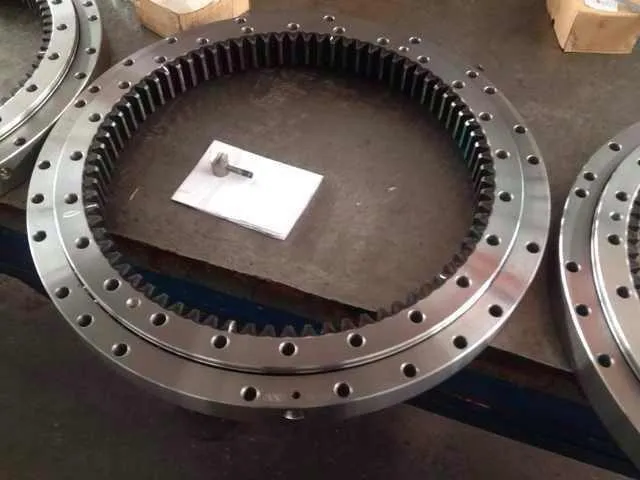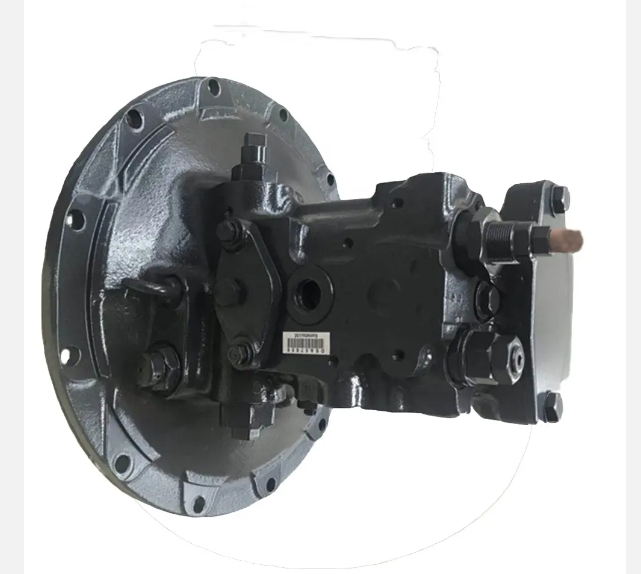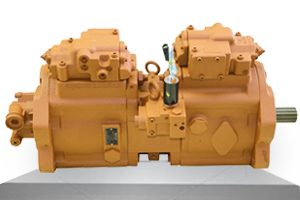
Hydraulic systems are the lifeblood of modern construction machinery, and ensuring they function correctly is critical for maintaining optimal performance and preventing costly downtime. One of the vital components of the Komatsu PC300-6 excavator is its hydraulic pump, specifically the 708-2H-00110 model. Regular testing and maintenance of the hydraulic pressure in this pump are essential to keep your machine running smoothly and efficiently.
In this comprehensive guide, we’ll explore the steps to test the hydraulic pressure on a Komatsu PC300-6 (708-2H-00110) pump, understand why this process is essential, and address common questions related to this crucial maintenance task.
Hydraulic pressure testing is a diagnostic process used to ensure that the hydraulic system within a Komatsu PC300-6 excavator operates within specified parameters. Proper hydraulic pressure is vital for the machine’s overall performance, affecting the movement of the boom, stick, and bucket, as well as the operation of other hydraulic functions.

Before you begin testing the hydraulic pressure on a Komatsu PC300-6 (708-2H-00110) pump, gather the following tools and equipment:

a. Safety First: Ensure the machine is on level ground and the engine is off. Engage the parking brake and secure the excavator to prevent any unintended movement.
b. Locate Test Ports: Refer to the service manual to locate the hydraulic test ports on the Komatsu PC300-6. These ports are typically found near the hydraulic pump.
c. Connect the Pressure Gauge: Attach the hydraulic pressure gauge to the test port using the appropriate adapters and fittings. Ensure the connections are secure to prevent leaks.
a. Start the Engine: Start the excavator’s engine and allow it to warm up to operating temperature. This ensures that the hydraulic fluid is at the correct viscosity for accurate testing.
b. Engage the Hydraulic System: Operate the hydraulic functions (boom, stick, and bucket) to circulate the hydraulic fluid and eliminate any air in the system.
c. Measure the Pressure: With the hydraulic system engaged, observe the pressure reading on the gauge. Compare this reading to the specifications provided in the service manual. The manual will list the acceptable pressure range for various hydraulic functions.
d. Adjust as Necessary: If the pressure reading is outside the specified range, adjustments may be necessary. This could involve tweaking the pressure relief valves or other hydraulic components. Refer to the service manual for detailed adjustment procedures.
a. Document the Results: Record the pressure readings for each hydraulic function tested. This documentation is crucial for tracking the performance of the hydraulic system over time.
b. Analyze the Data: Compare the recorded readings with the specified pressure ranges. Identify any discrepancies and determine the cause of any pressure issues.
a. Low Hydraulic Pressure: If the pressure is too low, it could indicate issues such as worn hydraulic pump components, leaks in the hydraulic lines, or clogged filters.
b. High Hydraulic Pressure: Excessively high pressure might suggest problems with the pressure relief valve or obstructions in the hydraulic system.
c. Inconsistent Pressure: Fluctuating pressure readings can result from air in the hydraulic system, contamination of hydraulic fluid, or malfunctioning hydraulic components.
Testing the hydraulic pressure on a Komatsu PC300-6 (708-2H-00110) pump is a critical maintenance task that ensures the optimal performance and longevity of your excavator. By following the steps outlined in this guide, you can effectively diagnose and address hydraulic pressure issues, keeping your machine running smoothly and efficiently.
Regular hydraulic pressure testing is an essential part of a comprehensive maintenance program. It helps prevent costly repairs, ensures safety on the job site, and maximizes the performance of your Komatsu PC300-6 excavator.
Q1: Why is hydraulic pressure testing important for a Komatsu PC300-6 excavator?
A1: Hydraulic pressure testing is crucial for optimizing performance, preventing costly repairs, ensuring safety, and extending the lifespan of hydraulic components and the excavator itself.
Q2: What tools are needed to test hydraulic pressure on a Komatsu PC300-6 (708-27-02015) pump?
A2: Essential tools include a hydraulic pressure gauge, test hose, adapters and fittings, personal protective equipment (PPE), and the Komatsu PC300-6 service manual.
Q3: How do I connect the pressure gauge to the hydraulic system?
A3: Locate the hydraulic test ports using the service manual, and securely connect the pressure gauge to the test port with the appropriate adapters and fittings.
Q4: What should I do if the hydraulic pressure readings are outside the specified range?
A4: If the pressure readings are too low or too high, adjustments to the pressure relief valves or other hydraulic components may be necessary. Refer to the service manual for specific adjustment procedures.
Q5: What could cause low hydraulic pressure in the Komatsu PC300-6?
A5: Low hydraulic pressure can result from worn hydraulic pump components, leaks in the hydraulic lines, or clogged filters.
Q6: What might cause high hydraulic pressure in the Komatsu PC300-6?
A6: High hydraulic pressure could indicate issues with the pressure relief valve or obstructions in the hydraulic system.
Q7: How often should I test the hydraulic pressure on my Komatsu PC300-6?
A7: Regular testing should be part of your routine maintenance schedule. Consult the service manual for specific intervals, but generally, testing should be performed at least once per operating season or as needed based on performance issues.
By following these guidelines and maintaining a proactive approach to hydraulic pressure testing, you can ensure that your Komatsu PC300-6 excavator continues to perform at its best, minimizing downtime and maximizing productivity on the job site.